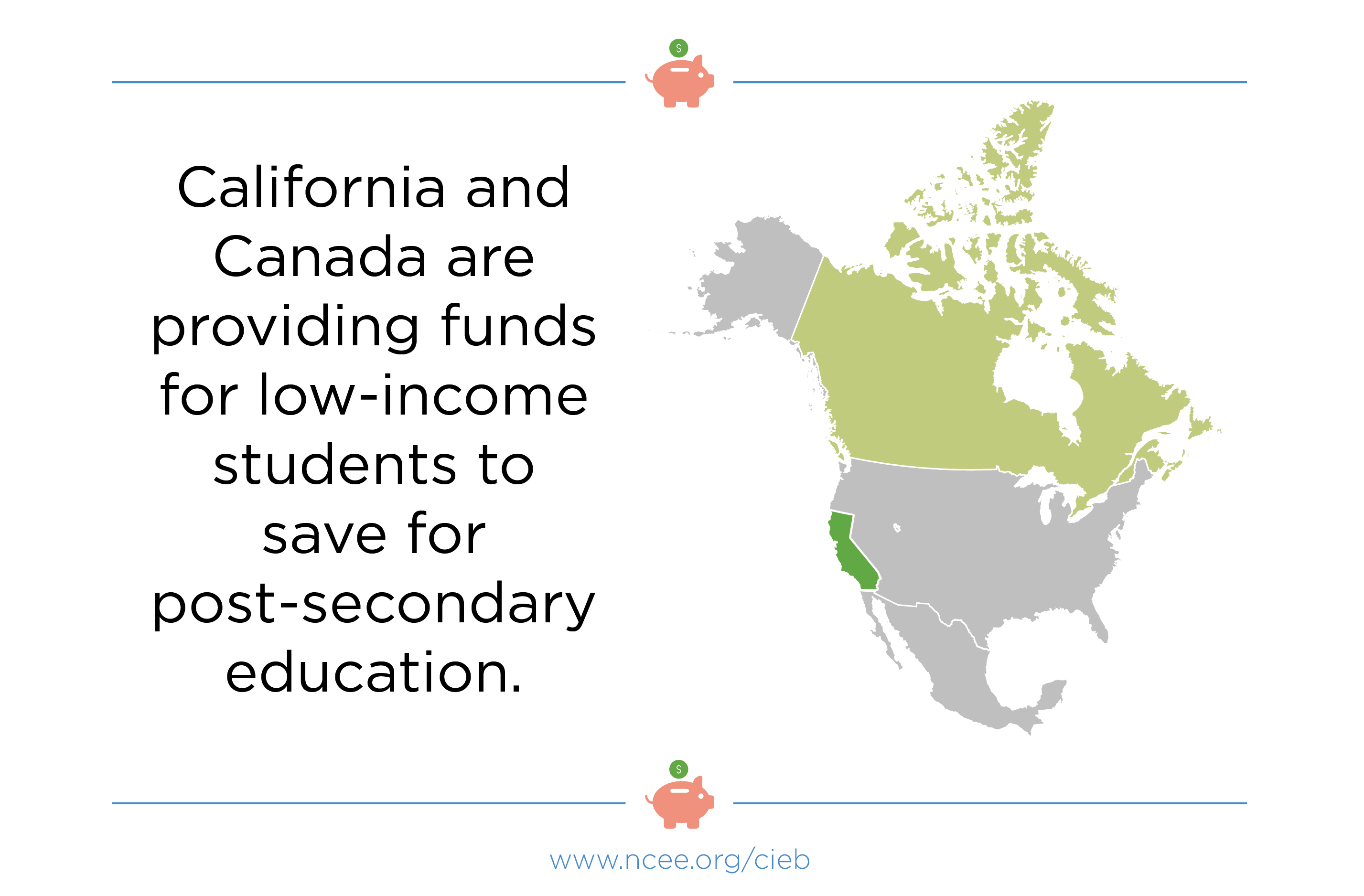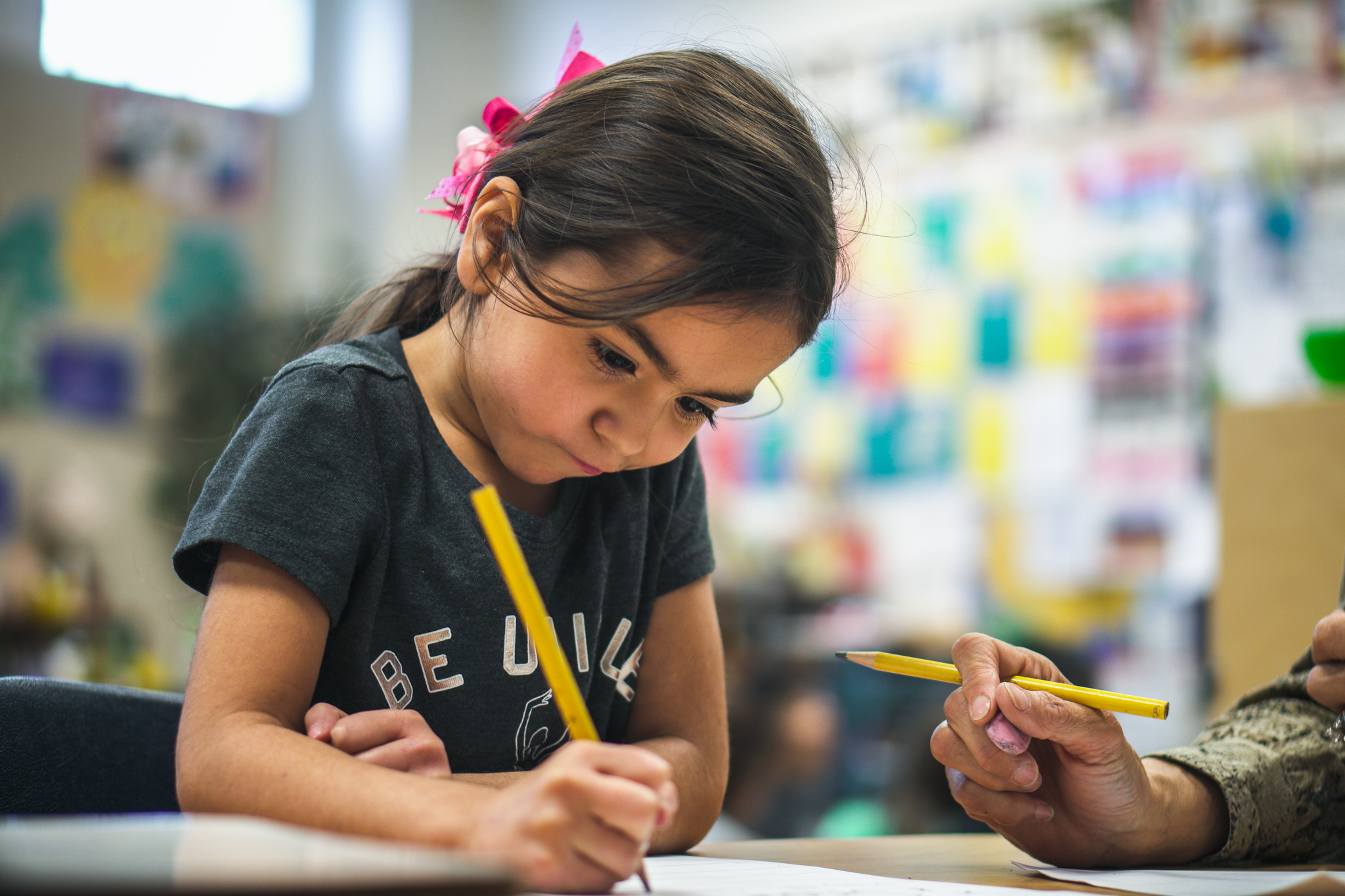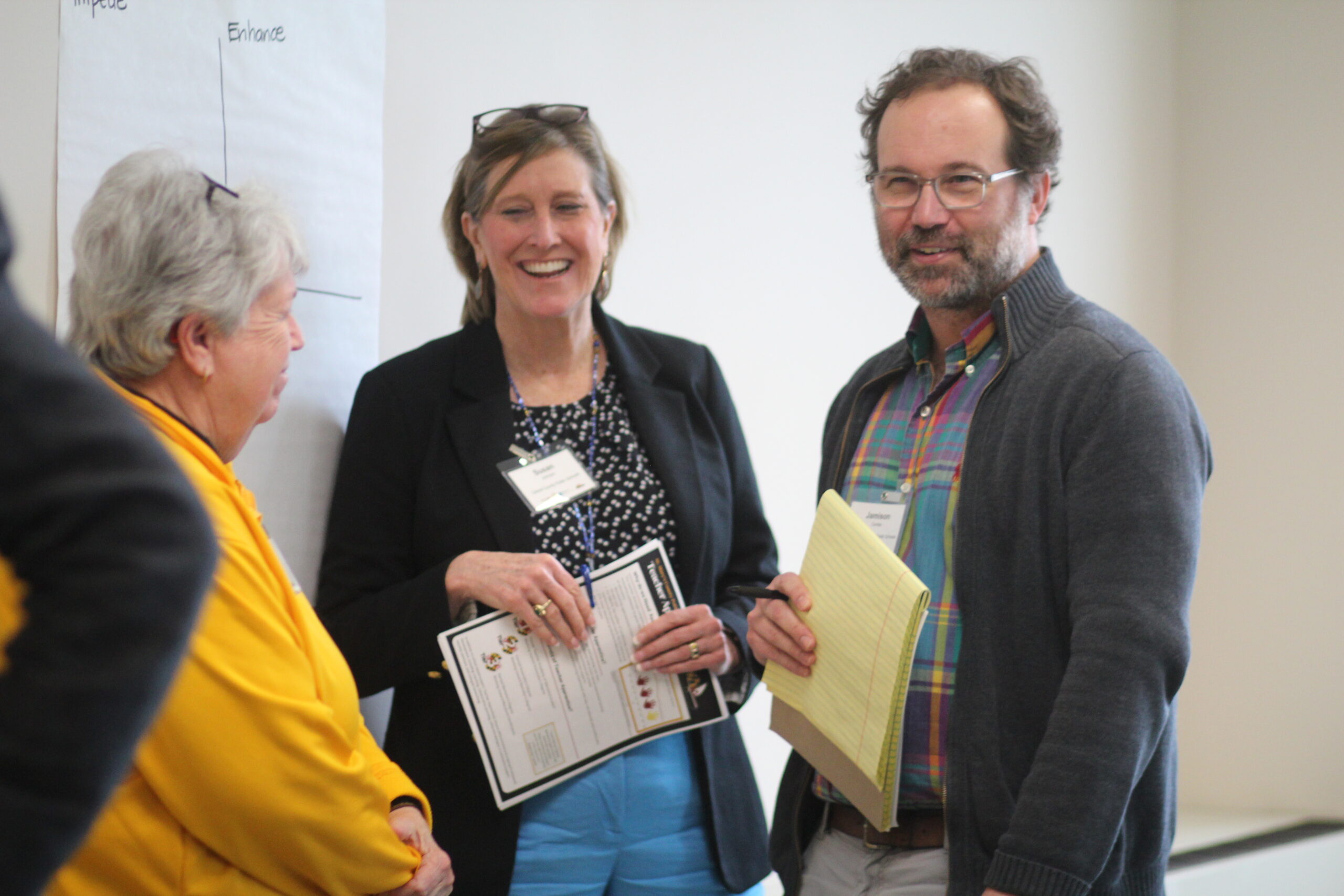
By Jackie Kraemer
The California Comeback Plan, signed into law by Governor Gavin Newsom earlier this month, lays the groundwork to create college savings accounts for 3.7 million low-income children in public schools across the state. Starting in the 2021-22 school year, California will provide a college savings account with $500 for every low-income first to 12th grade student in the state. Going forward, every incoming low-income first grader will automatically receive a college savings account with an initial deposit of $500 from the state.
Providing funds for low-income students to save for post-secondary education is a strategy used by some top-performing countries such as Canada. Canada offers families the opportunity to create a Registered Education Savings Plan (RESP) for their children. Through the Canada Education Savings Grant, the government matches 20 percent of family contributions up to CAN$500 per year, regardless of income, and an additional 20 percent match for low-income families. The government also makes annual contributions to RESPs for low-income families through the Canada Learning Bond, with no requirement for a family contribution. The bond provides an initial deposit of CAN$500 and CAN$100 each subsequent year until a child turns 15 for a maximum of CAN$2000.
For more about how high performing countries make post-secondary education accessible and affordable, see NCEE’s Top-Performing Country Education Profiles.




